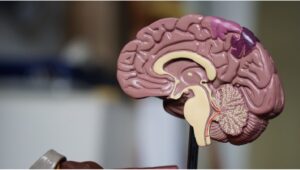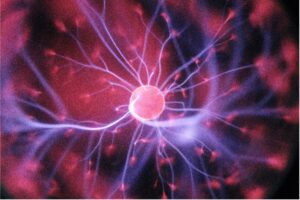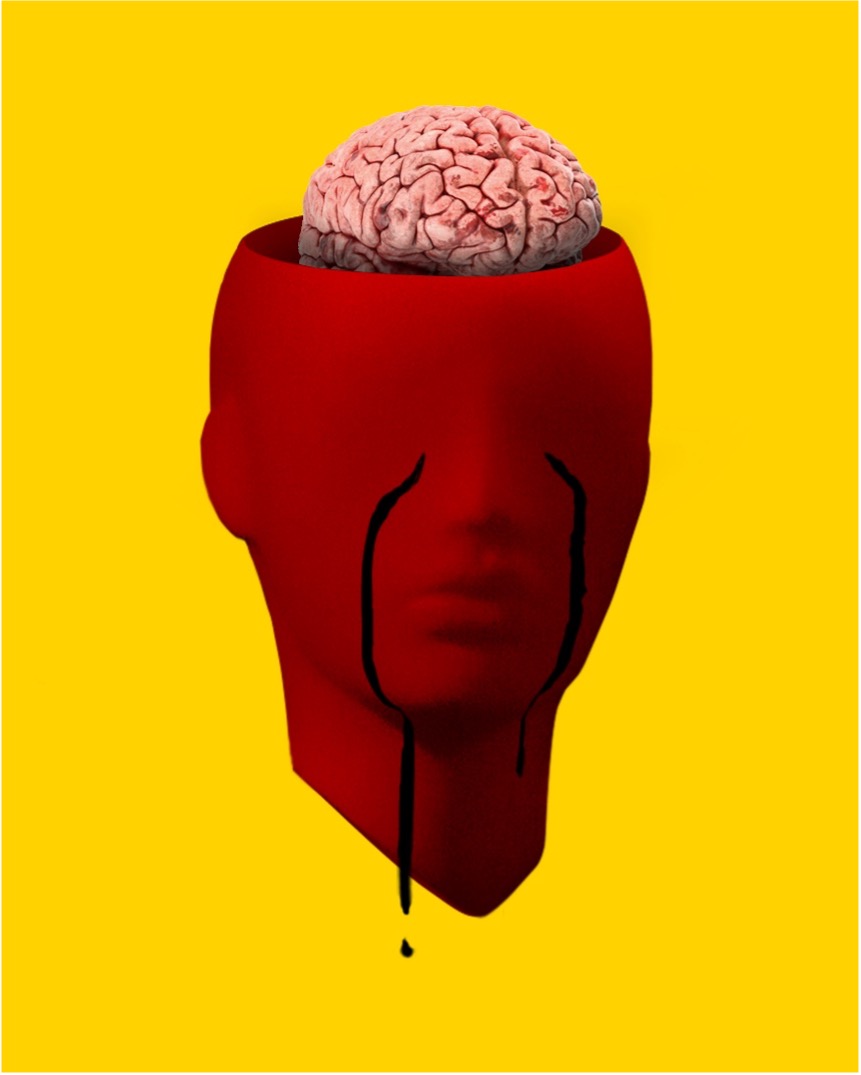The human brain is an incredibly complex organ, and our knowledge regarding how the brain operates and functions is rapidly expanding. The more we learn about the brain, the more we realize how much influence we can have on the physical layout of our brain. The implications for this are incredibly vast—if we can treat our brain like other muscle groups in our body, we can increase certain functions and decrease others, potentially impacting how we relate to the world around us.
Borderline personality disorder (BPD) is a significant mental health disorder with emotion dysregulation at its core. While several systems are at play with this, emotion dysregulation is partly generated by overactive signals that the prefrontal cortex sends to limbic areas such as the hippocampus and amygdala. These areas of your brain are responsible for so many important functions including memory storage and retrieval, establishing emotional states, and goal-directed behavior, just to name a few (Mancke et al., 2018).
 The amygdala, commonly referred to as your fear center, acts as the link between a stimulus and how you react to that stimulus. This reaction will be different for everyone, typically based on your previous life experiences and sensitivities. The amygdala response connects to the hypothalamus, activating visceral and somatic motor systems. This process can generate reactions (Smith, 2015), such as a racing heart, smells that make you gag, and a churning stomach.
The amygdala, commonly referred to as your fear center, acts as the link between a stimulus and how you react to that stimulus. This reaction will be different for everyone, typically based on your previous life experiences and sensitivities. The amygdala response connects to the hypothalamus, activating visceral and somatic motor systems. This process can generate reactions (Smith, 2015), such as a racing heart, smells that make you gag, and a churning stomach.
In addition to the amygdala, the hippocampus also plays an important role in emotion dysregulation by strongly impacting your memory. When you experience something, like getting pricked by a sharp object for the first time, the hippocampus adapts to this sensory input, and plays the experience repeatedly to form a long-term memory, a process called memory consolidation. Also, the cingulate gyrus plays an important role in expressing emotions in a physical way, think about clenching your fist in anger or jumping up and down with joy (Smith, 2015). All of these parts of your brain, when overactivated, can lead to emotional dysregulation.
Studies done on people with BPD found increased activation of the left amygdala and posterior cingulate cortex together with reduced activation of the bilateral dorsolateral prefrontal cortex compared with healthy controls. In addition, BPD has been associated with dysfunction in higher-order brain functions such as mentalizing—or the ability to make sense of others or ourselves. This can be seen in neuroimaging studies showing changes to the superior temporal gyrus and other structures necessary for self and other awareness (Mancke, et al., 2018).
DBT has been the most intensely studied psychotherapy for BPD with research demonstrating that brain functioning is improved for individuals with BPD by undergoing DBT treatment. In a sample of women with BPD, researchers found an increase in grey matter volume in the brain regions that are critically implicated in emotion regulation and higher-order brain functions, in a DBT group when compared with other forms of therapy (Mancke, et al., 2018). The researchers also cite previous findings whereby DBT changed neural correlates of pain-mediated emotion regulation, helped normalize amygdala activity, and increased connectivity of the ACC with prefrontal, temporal and parietal regions.

In sum, DBT, through neuroimaging and MRI data, has been shown to increase functioning in the parts of the brain that manage the fear response, emotion regulation, communication of that emotion internally and externally, and the ability to participate in goal-directed activity. DBT is like hitting the gym to build muscles. Instead of doing bicep curls and squats, DBT involves practicing skills to increase your awareness and change your responses, which actually changes the physical layout of your brain!
About the Author
Maria Mangione (she/her), M.A., LPCC is a licensed clinical counselor that specializes in dialectical behavior therapy. Maria works to help people develop the tools they need to develop trust in themselves and build their life worth living. Maria believes in having meaningful connections with her clients and believes that therapy and healing can be fun. Click Here to learn more about Maria’s experience and therapeutic style.
Information gathered for this blog can be found at:
Mancke, F., Schmitt, R., Winter, D., Niedtfeld, I., Herpertz, S. C., & Schmahl, C. (2018). Assessing the marks of change: how psychotherapy alters the brain structure in women with borderline personality disorder. Journal of psychiatry & neuroscience : JPN, 43(3), 171–181. https://doi.org/10.1503/jpn.170132
Smith, C. (2015, March 27). Anatomy and physiology: The limbic system’s major three. Visible Body 3d Human Anatomy. Retrieved April 4, 2022, from https://www.visiblebody.com/blog/anatomy-physiology-limbic-system
Resources:
Understanding treatment for borderline personality disorder: Click Here
National Alliance of Mental Illness: Supporting Someone with Borderline Personality Disorder

